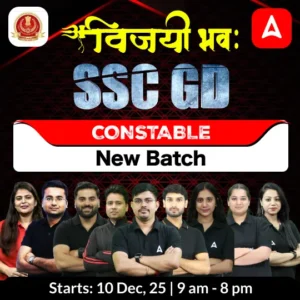The SSC CGL Maths Syllabus is the most scoring part of the SSC CGL examination. Candidates can perform exceptionally well in this section with due practice and by working on short tricks for speeding up the calculations. To help you reach this goal, we bring you the updated SSC CGL Math Syllabus 2024.
SSC CGL Quantitative Aptitude Syllabus 2024
The Quantitative Aptitude section is an inherent part of the SSC CGL Syllabus in Tier 1 as well as Tier 2. Both these stages are now conducted as Computer-Based Tests requiring candidates to do rough work on paper while attempting the exam on the computer.
There is only a slight difference in the SSC CGL Maths Syllabus between Tier 1 and Tier 2. Therefore, it is recommended that candidates follow the more comprehensive Tier 2 syllabus for higher chances of selection.
SSC CGL Maths Syllabus 2024 Tier 1
Here is the SSC CGL Tier 1 Maths Syllabus in detail. Some important topics included in this section are Profit, Percentage, Ratio, SI & CI, Circles & Triangles, Heights & Distances, Data Interpretation, etc.
| SSC CGL Tier 1 Maths Syllabus 2024 | |
|
|
SSC CGL Maths Syllabus for Tier 2
The SSC CGL Tier 2 examination is the final exam, the marks of which are considered towards final merit and selection. The 90 marks out of the total 390 in SSC CGL Tier 2, thus, can be a deciding factor for your selection if you have prepared according to the SSC CGL Maths Syllabus.
Let us look at the SSC CGL 2024 Maths Syllabus for Tier 2 in the following table:
| SSC CGL Tier 2 Maths Syllabus 2024 | |
|
|
SSC CGL Maths Syllabus 2024 Topic-wise Weightage
Take a look at the table given below for the topic-wise weightage of the questions from the SSC CGL Maths Syllabus. It is observed that 2 to 3 questions are asked from maximum topics of quantitative aptitude.
| SSC CGL Tier 1 Topic Distribution | |
| Topics from SSC CGL Maths Syllabus | Number of Questions |
| Trigonometry | 3 |
| Algebra | 3 |
| SI & CI | 1 |
| Ratio & Proportion | 1 |
| Mensuration | 1 |
| Time & Distance | 3 |
| Number System | 2 |
| DI | 2 |
| Percentage | 1 |
| Profit & Loss | 2 |
| Time & Work | 3 |
| Geometry | 3 |
SSC CGL Maths Syllabus 2024: Preparation Tips
- To prepare for the maths, the candidates must be strong in calculation and problem-solving ability. Candidates must strengthen their basic concepts in arithmetic, algebra, geometry, and other topics.
- It is important to start practising now to score well in the upcoming exam. Try to solve a variety of problems from different topics to improve your problem-solving skills.
- Rely on one source to memorize the tips and tricks of solving the problems in the least time.
- Always refer to the quality study material and don’t follow too many tricks. It might confuse you during the real exam.
- Practice with the timer to manage time, speed, and most importantly accuracy. To gain accuracy and speed, try to learn some tricks and remember tables, cubes, squares, square roots, etc.

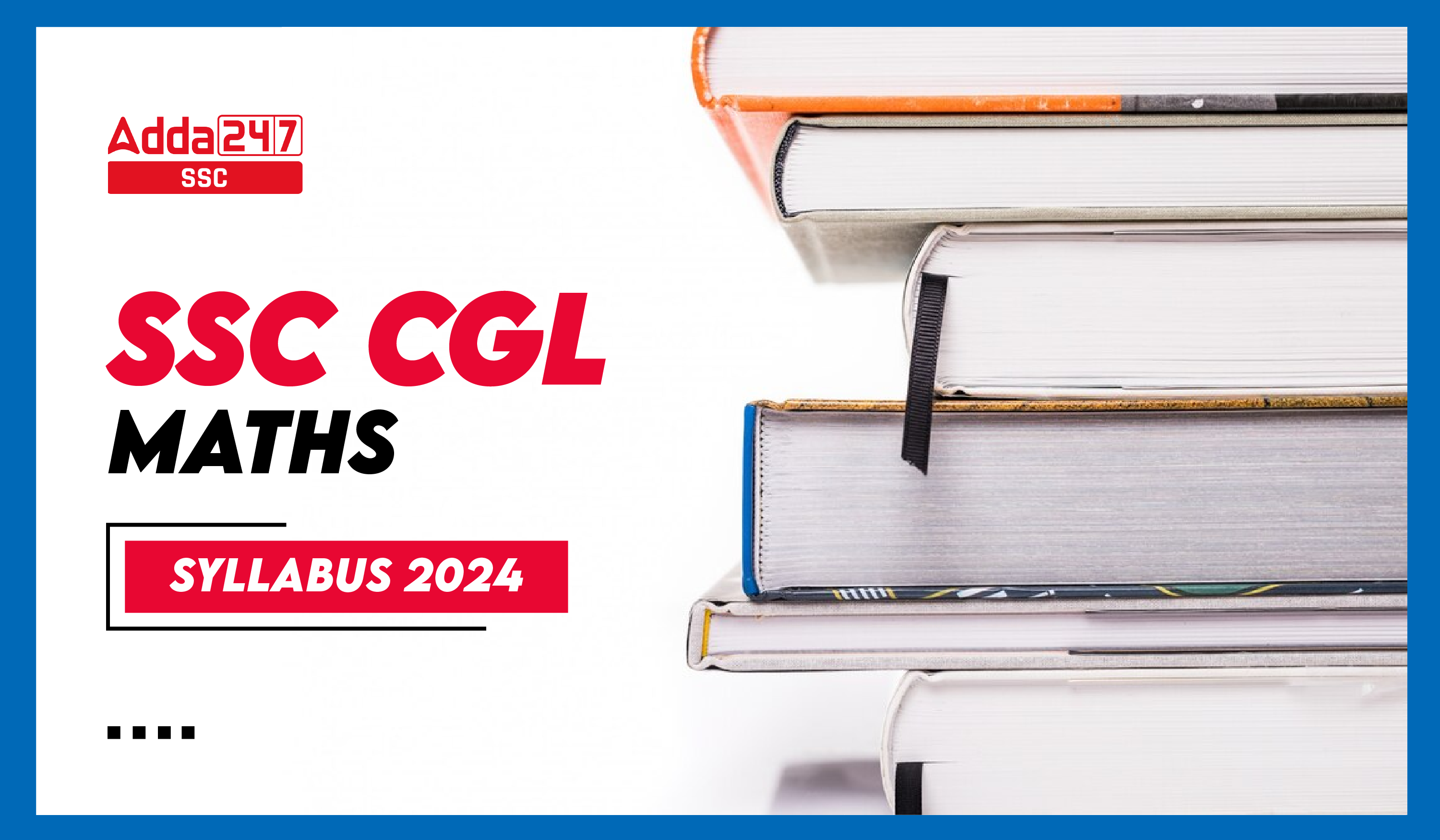
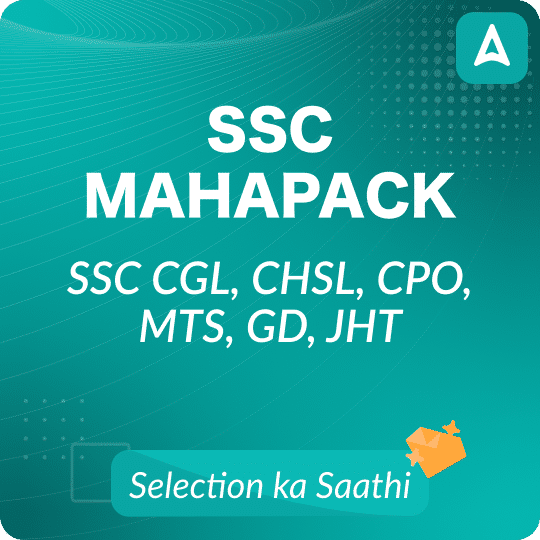

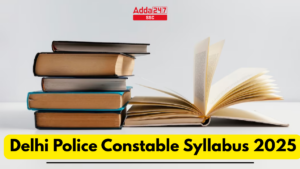 Delhi Police Constable Syllabus 2025 and...
Delhi Police Constable Syllabus 2025 and...
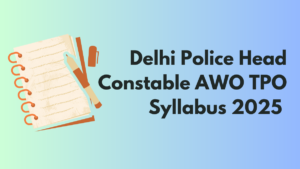 Delhi Police Head Constable AWO TPO Syll...
Delhi Police Head Constable AWO TPO Syll...
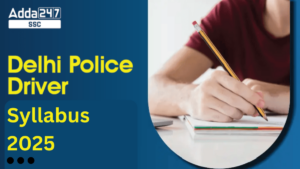 Delhi Police Driver Syllabus 2025 and Ex...
Delhi Police Driver Syllabus 2025 and Ex...
